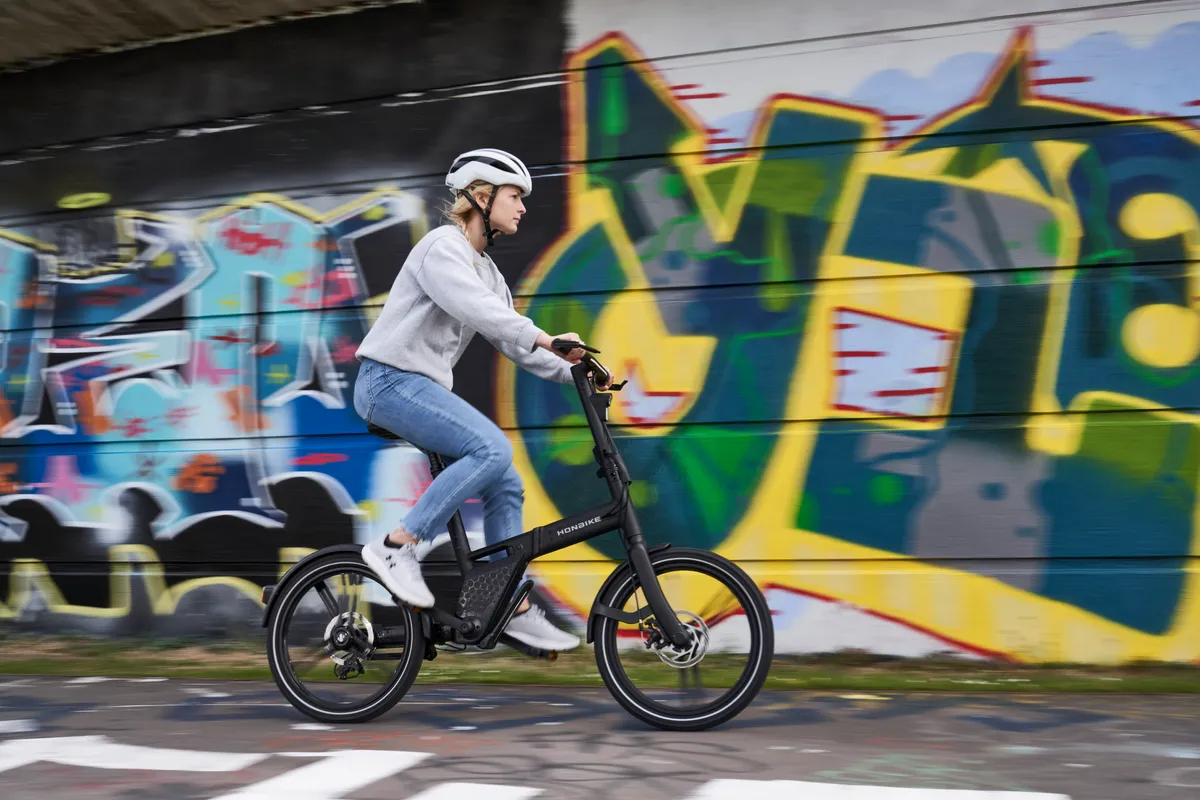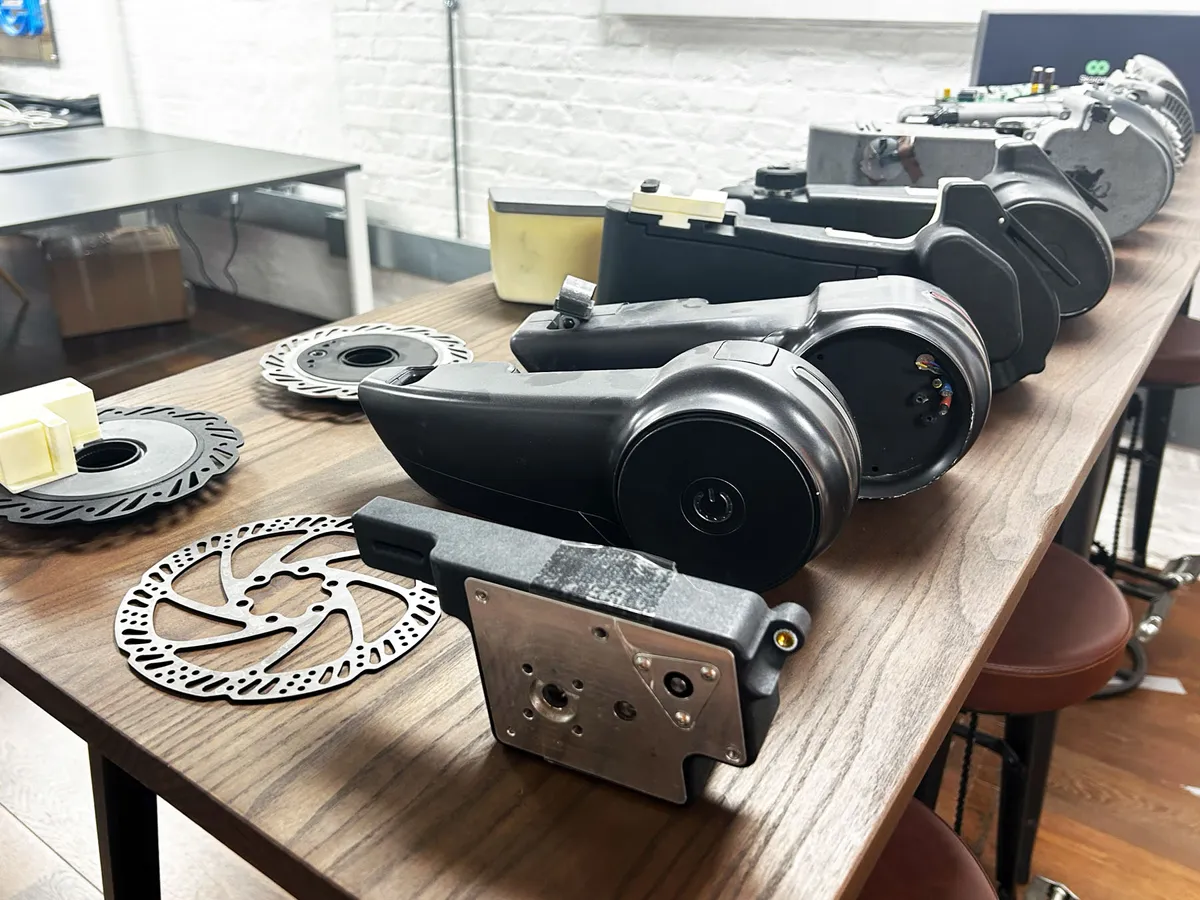We’re not delusional – buying an electric bike is never going to be entirely cheap, but there are some tips you can follow to make it as affordable as possible.
In a market where high-end ebikes are fetching five-figure prices, it seems downright ignorant to suggest 'cheap' ebikes exist.
However, if you are in the market for an electric bike, there are a few ways to keep costs down – often significantly.
Of course, even with savings, one person's definition of affordable will differ from another's.
For some, £2,000 is a perfectly reasonable amount to spend on their everyday road bike, while others would baulk at spending so much.
While electric bikes have become more affordable, higher quality and more versatile in recent years, they're by no means cheap.
So here are a few pointers that could help make your purchase more affordable.
While it's definitely possible to spend less and enjoy the benefits of an electric bike, we recommend £2,000 at RRP as about the right ballpark price bracket to start at.
While the top end will probably only become ever more expensive, prices will invariably come down at the entry level.
But, for now, how can you find as good a deal as possible?
Look for a good deal, or buy second-hand

While it might sound obvious, now is the time to do some digging to find the best possible deal on your ebike of choice.
The global bike market is in a tricky place, with excess post-Covid stock driving some of the lowest prices we’ve seen to date.
Many brands have been offering discounts in the 40-50 per cent range on selected stock so, with a bit of clever searching, you might be able to find a new bike for the price of a used one…

If you’ve had no luck playing the sales game, or if someone has pipped you to the last of the stock, the second-hand market is an attractive option right now.
Cycling boomed during the Covid lockdowns of 2020 and 2021 and, while it’s amazing to see so many more people still out on their bikes, some riders have inevitably decided to sell their lockdown rides.
The fall in new retail prices has brought the second-hand value of bikes down with it, so there are still deals to be had on used ebikes.
We recommend looking for a reputable second-hand dealer, especially if they offer a warranty.
Unless you're confident about the history of the bike and know what to look for in a second-hand bike, we'd avoid private sales, because the cost of repair for electric bikes can be significant
Ex-demo or ex-hire

Many bike shops and brands carry a demo fleet, which are available to hire at your local bike shop or demo at expo shows.
These bikes often have a maximum lifespan within a shop or brand’s fleet, and are commonly sold once they've ticked off a few handfuls of events or test rides.
Ex-demo and ex-hire ebikes will usually go through a thorough service from the shop or manufacturer, with consumable parts replaced. In many cases, they’ll even come with a warranty.
Pricing will vary, but it’s not uncommon for these ebikes to be sold with price reductions hovering around the 30 to 40 per cent mark.
If you have your eye on a particular ebike, it might be worth checking out if it’s available to demo at any bike shops or events nearby. If so, you’ve got the option to try the bike and enquire about ex-demo sales at the same time.
Buy an ebike through the Cycle to Work scheme

The Cycle to Work scheme is a government initiative in the UK that enables employees to save money on a new bike and related accessories. Here’s how it works:
- 1. Choose your bike and accessories from a participating retailer.
- 2. Your employer buys the bike and equipment on your behalf.
- 3. You then pay back the cost through a salary-sacrifice arrangement, usually spread over 12 months.
- 4. By using salary sacrifice, you don't pay income tax or National Insurance on the cost of the bike and accessories, making it a tax-efficient way to get a new bike.
This scheme can save you up to 42 per cent on the overall cost of your new ebike. You also benefit from the payment being taken out of your monthly salary rather than your bank account in one lump sum.
There are several different schemes available that all serve the same purpose. Which ones are available to you depends on your employer.
Buy via a government-backed loan

In some countries, such as the UK, there are government initiatives that offer financial support for purchasing electric bikes. These initiatives usually come in the form of low-interest loans, grants or other incentives to encourage more riders to adopt electric bicycles as a means of transport.
Although it’s now closed to new applications, the best-known was the Energy Saving Trust, which offered an interest-free loan for up to four years.
Through the scheme, applicants could purchase up to two ebikes, with a maximum loan amount of £3,000 per bike, or one electric cargo bike, with a maximum loan amount of £6,000 per bike.
In 2023, British Columbia in Canada offered tax rebates from CA$350 to $1,400 to aid low-income earners to buy an electric bike, although the scheme was so overwhelmed by applications that it closed in the first 24 hours.
The details of these programmes will vary depending on where you are based, but they are becoming increasingly popular as governments try to incentivise greener transport and boost numbers in the sports and exercise space.
Convert your bike

As the name suggests, electric bike conversion kits enable you to convert your existing bike into an ebike.
The best electric bike conversion kits will enable you to add a motor to your existing bike simply and relatively cheaply – at least compared to the price of buying a new electric bike.
There are an increasing number of ebike conversion kits out there, and they're getting more sophisticated and easier to install on your bike, making for a practical alternative to a new purpose-built electric bike.
However, it’s worth considering the cost of having the kit installed if you’re not confident in doing so yourself.
It's also worth noting that a conversion kit may affect your bike's handling, particularly if there's a heavy motor and battery mounted somewhere where the bike was not designed to carry it.
Additionally, your existing drivetrain components may not be adequately beefed up for the extra power they need to transmit and may wear or break. Factors such as torque steer may be a problem, and cabling and sensors can be unsightly.
Still, as a low(er) barrier to entry, they can be a good option for some riders.
Consider finance
While you should never borrow more than you can afford to pay back, finance can help make an electric bike more accessible.
If you intend to use it for commuting, spending the money saved on public transport or driving can be a good starting point for paying off the bike.





